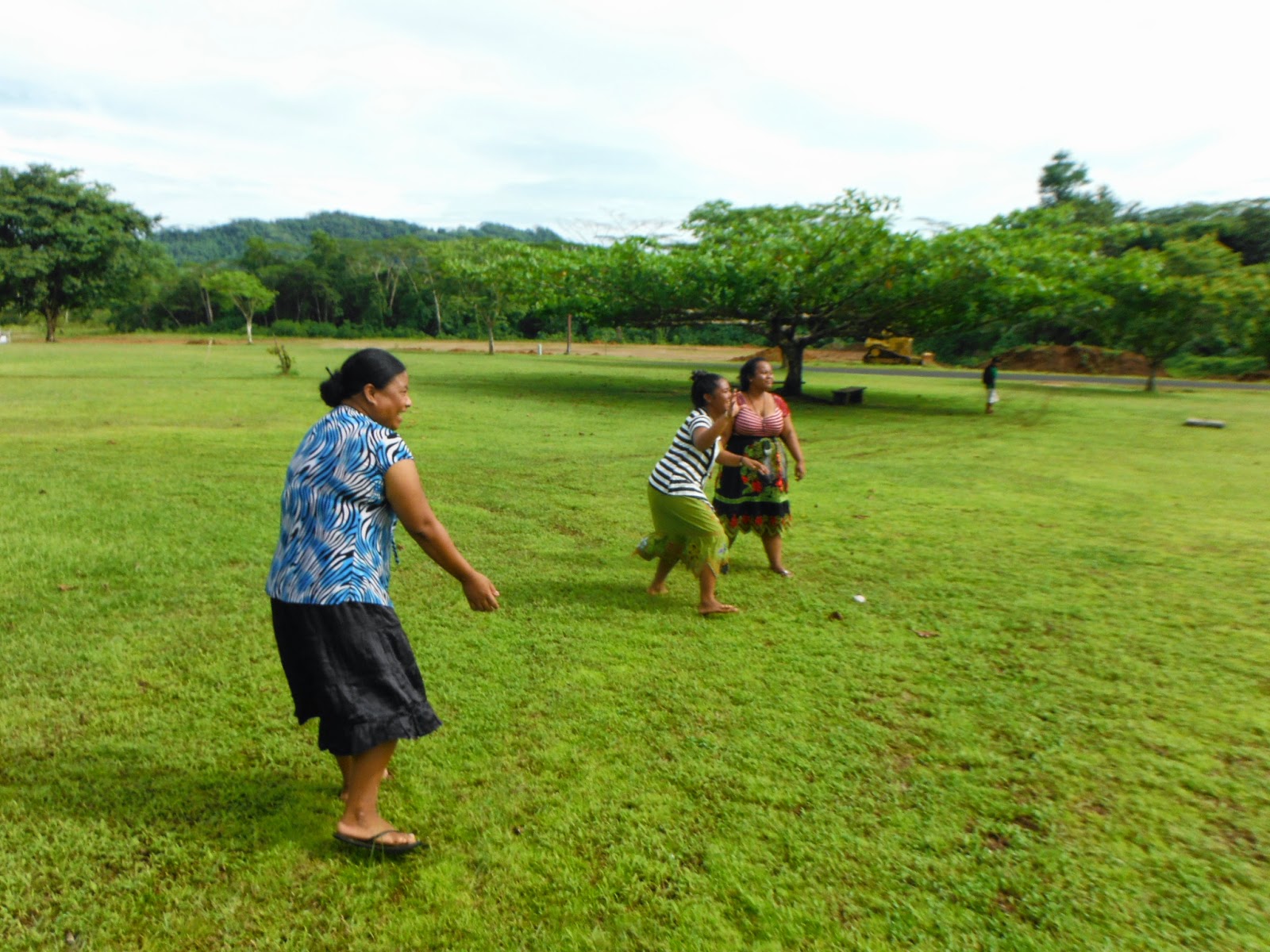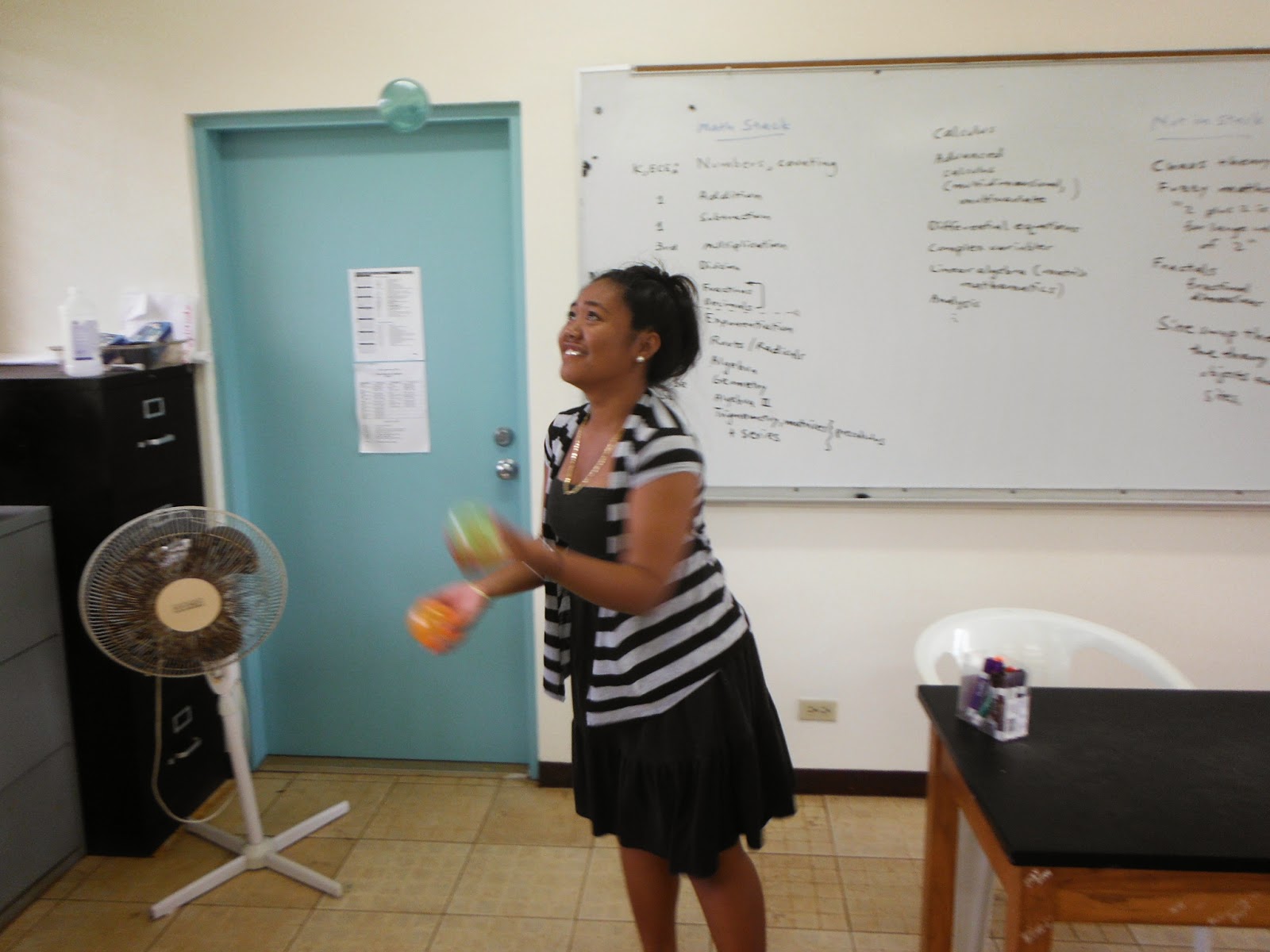Assessing Learning in Ethnobotany

SC/SS 115 Ethnobotany proposes to serve four program learning outcomes through three course level outcomes. The course serves learning outcomes in general education, the Micronesian studies program, and the Agriculture and Natural Resources program. PLO SC/SS 115 CLO GE 3.4 Define and explain scientific concepts, principles, and theories of a field of science. 1. Identify local plants, their reproductive strategies, and morphology. GE 4.2 Demonstrate knowledge of the cultural issues of a person’s own culture and other cultures. MSP 2 Demonstrate proficiency in the geographical, historical, and cultural literacy of the Micronesian region. 2. Communicate and describe the cultural use of local plants for healing, as food, as raw materials, and in traditional social contexts. ANR 2 Demonstrate basic competencies in the management of land resources and food production. 3. Demonstrate basic field work competencies related to management of culturally useful plant reso...



